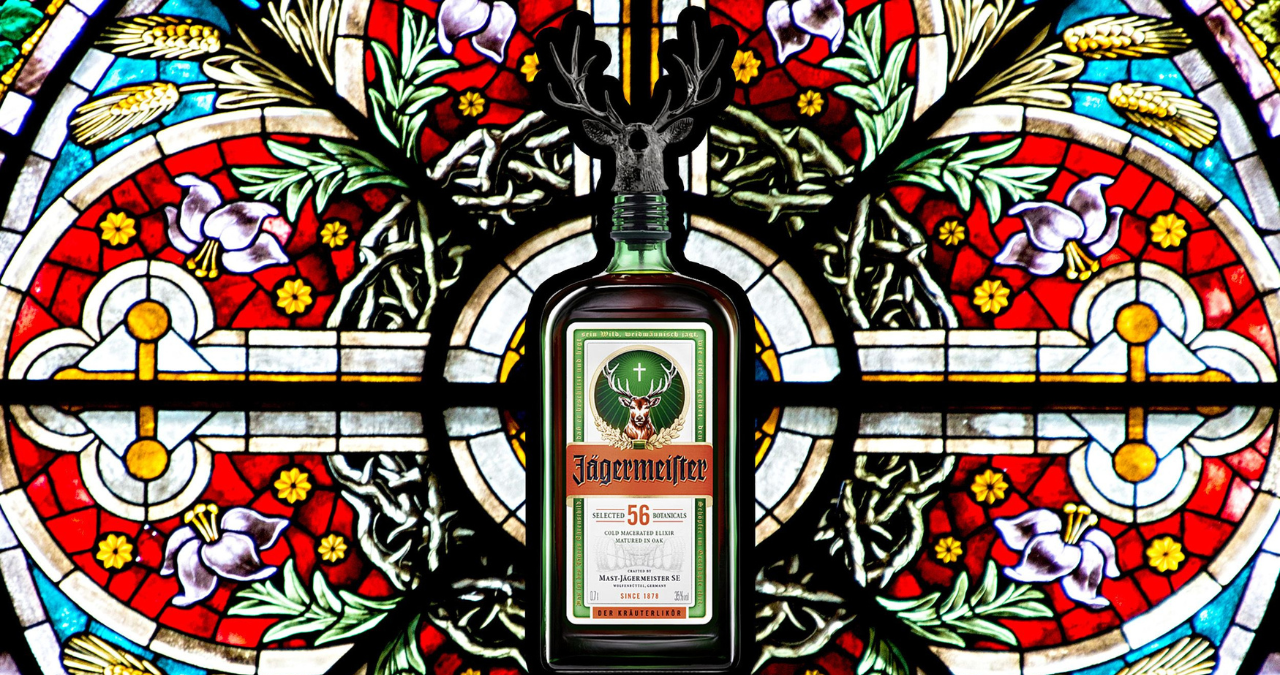
Jagermeister as Medicine: Exploring the Myths, History, and Modern Perspectives
Jagermeister as Medicine: For many, Jagermeister is best known as that dark, aromatic drink served in frosty shot glasses at late-night bars. But for others especially those familiar with its history the story of Jagermeister as medicine runs much deeper. This herbal liqueur, created in Germany, has long carried a reputation that goes beyond its party-scene image. Its blend of botanicals, roots, and spices once had a far more practical purpose: to aid digestion, soothe stomach issues, and even provide relief from colds.
The idea of Jagermeister as medicine may sound like a marketing gimmick to modern ears, but it’s rooted in centuries-old European traditions. In the past, alcohol-based herbal elixirs were not uncommon in households, often made by local apothecaries or even at home. Jagermeister’s creators followed this legacy, crafting a formula that balanced flavor with supposed health benefits. Today, while medical science has evolved, curiosity remains about whether the drink still holds any medicinal value, or whether that’s just folklore wrapped in a green bottle.
The Origins of Jagermeister as Medicine
To understand Jagermeister as medicine, you have to go back to 1934, when Curt Mast developed the recipe in Wolfenbüttel, Germany. Mast came from a family involved in vinegar and wine production, which gave him both the resources and the know-how to experiment with herbal infusions. His aim was not necessarily to create a party staple, but rather an herbal digestif something you could sip after a heavy meal to settle the stomach.
The word “digestif” is key here. In many European cultures, digestifs were believed to stimulate digestion and ease discomfort after eating. Jagermeister’s blend of fifty-six different herbs, roots, and spices wasn’t chosen randomly; these ingredients were selected with traditional herbal medicine in mind. Anise, ginger, cinnamon, cardamom, and citrus peels all components of the drink have been historically linked to digestive health and general wellness.
Herbal Elixirs in Traditional European Medicine
Before the age of modern pharmaceuticals, herbal alcohol tinctures were a common part of home remedies. Families kept bottles of herbal schnapps or bitters to deal with everyday ailments everything from indigestion to sore throats. The concept of Jagermeister as medicine fits neatly into this tradition. Alcohol acted as a preservative, keeping herbs potent for months or even years, while also helping extract their active compounds.
In traditional German and Central European herbalism, liqueurs like Jagermeister weren’t consumed recklessly. They were often taken in small, measured doses. A shot wasn’t about getting tipsy; it was about letting the herbs work in your system. It’s easy to see how this functional approach got blurred over time as the drink gained popularity in the nightlife scene.
The Role of Ingredients in Jagermeister as Medicine
The supposed medicinal qualities of Jagermeister are tied to its ingredients. Many of its botanicals are known for properties celebrated in herbal medicine. For example, licorice root, which is part of the blend, has been used for centuries for respiratory health and digestive balance. Similarly, ginger and cinnamon have long been valued for their warming and anti-inflammatory effects.
While the exact recipe remains a secret, the public knows enough to recognize that Jagermeister contains herbs used in both culinary and medicinal contexts. That doesn’t mean it’s a cure-all far from it but it does explain why earlier generations believed in the idea of Jagermeister as medicine. The drink was seen as a herbal tonic that just happened to taste pleasant enough to enjoy socially.
From Medicinal Aid to Party Drink
The transformation of Jagermeister as medicine into a nightlife symbol didn’t happen overnight. In its early decades, the drink was marketed more conservatively as a digestif and herbal remedy. However, in the latter half of the twentieth century, a shift occurred. Young people began adopting Jagermeister in bars and clubs, drawn to its unique flavor and strong punch.
Marketing campaigns leaned into this shift, portraying the drink as bold, rebellious, and distinctly modern. By the late 1980s and 1990s, Jagermeister was firmly entrenched in the party scene, especially in the United States. This image change didn’t erase its medicinal roots, but it did relegate them to a quieter corner of its history, where only enthusiasts and historians still spoke of it as a herbal remedy.

The Science Behind Jagermeister as Medicine
From a scientific perspective, evaluating Jagermeister as medicine means looking at both its herbal content and its alcohol base. Some of its plant components do have proven pharmacological effects. For instance, certain bitter herbs can stimulate digestive enzymes, while others may have mild anti-inflammatory or antimicrobial properties.
That said, the alcohol content around 35% ABV poses limitations. While alcohol can act as a solvent for plant compounds, drinking large quantities is harmful, not helpful. Modern medical professionals generally caution against relying on alcoholic beverages for health benefits. Still, in small doses, a digestif like Jagermeister may offer minor relief for digestive discomfort, though it’s hardly a replacement for a balanced diet and proper medical care.
Jagermeister and Digestive Health
The strongest link in the argument for Jagermeister as medicine is its role as a digestive aid. Bitter herbs, like those found in Jagermeister, are thought to stimulate the production of bile and digestive enzymes. This can help break down food more effectively and reduce feelings of heaviness after a large meal.
Some people swear by a small glass of Jagermeister after a rich dinner, claiming it eases bloating and speeds up digestion. While the effect might partly be psychological, there’s also a cultural precedent. Across Europe, similar herbal liqueurs are still used in this way, from Italian amari to French Chartreuse.
Cultural Myths Around Jagermeister as Medicine
The reputation of Jagermeister as medicine isn’t just based on history it’s also tied to myths and folklore. Some people have claimed it can help fight colds, soothe sore throats, or even act as a mild sleep aid. In rural communities, it wasn’t unusual for someone to mix a little Jagermeister into hot tea with honey for a comforting winter drink.
While these uses might sound quaint, they reflect a larger truth: humans have always tried to blend pleasure with practicality. Whether or not Jagermeister treated these ailments, it provided warmth, relaxation, and a sense of ritual all of which can contribute to a person’s perceived well-being.
Modern Views on Jagermeister as Medicine
Today, the concept of Jagermeister as medicine is more of a cultural curiosity than a mainstream belief. Medical authorities generally discourage using alcoholic beverages as therapeutic agents, citing risks that outweigh potential benefits. Still, the heritage of herbal liqueurs is respected among mixologists, culinary experts, and herbalists.
Many herbalists acknowledge that while Jagermeister isn’t a medicinal product in the strict sense, its recipe contains ingredients with real therapeutic histories. It’s a drink that bridges two worlds: the apothecary and the bar counter. Understanding that connection helps us see Jagermeister in a broader cultural context, rather than as just another alcoholic brand.


